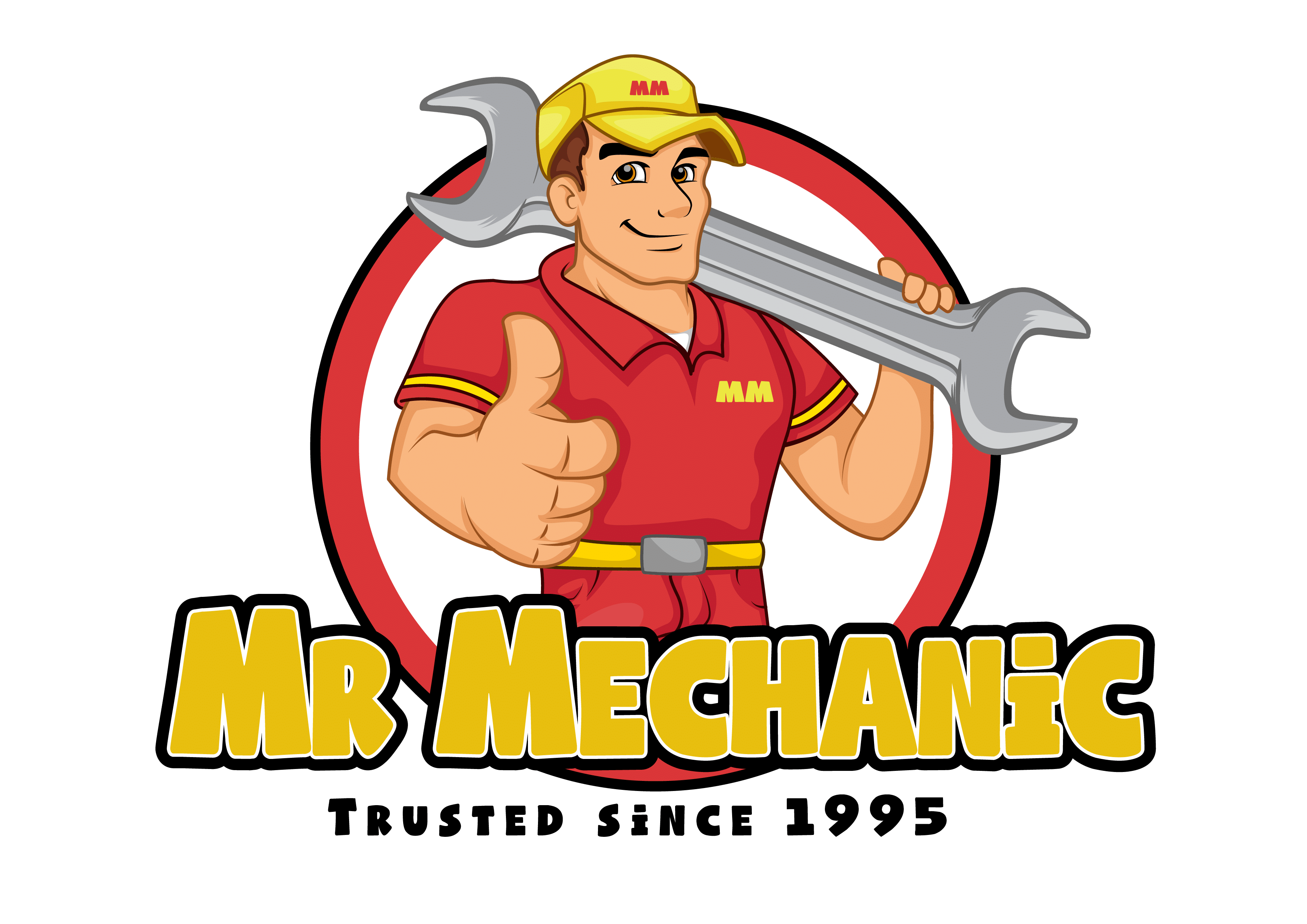Doing Tire Alignment regularly comes with some serious perks, but it is often neglected by most car owners.
If you’re wondering, “do I need a wheel alignment,” the answer is likely yes. Alignments help to keep your wheels pointed in the right direction, and when misaligned, you may experience a few uncomfortable and potentially dangerous symptoms. From reduced fuel economy, premature tire wear, and difficulty steering, wheel alignments are an important part of vehicle maintenance.
WHAT IS A WHEEL ALIGNMENT?
Alignment actually refers to the adjustment of a vehicle’s suspension – not just the wheels – and is designed to alter the angles of the wheels to produce the optimum contact between the vehicle’s tyres and the road.
Proper alignment is achieved by adjusting the angles of your tires, which impacts how they make contact with the road. Every vehicle’s optimal alignment angles are dependent upon the make, model, and manufacturer’s recommendations.
HOW DO YOU KNOW IF YOU NEED A WHEEL ALIGNMENT?
There are some noticeable signs that could indicate a misalignment. Just use your eyes, ears, and hands. Your senses (and even the good old personal hunch) are great for spotting alignment issues. Here are some common signs that you are dealing with poor alignment:
- Your vehicle pulls to one side
- Uneven or rapid tire wear
- Your steering wheel is crooked when driving straight
- Squealing tires
When a technician checks your tire alignment, he/she will be mainly concerned with 3 things: Camber, Toe, & Caster.
Camber: This is the inward or outward angle of the tire seen from the front of the vehicle. If there is too much inward or outward tilt, it is called a negative and positive camber, respectively this implied improper alignment. You should know that worn bearings, ball joints, and other wheel-suspension parts may contribute to camber misalignment.
Toe: Toe alignment is the degree to which your tyres, when viewed from above, are angled inward or outward. Either way, they will require adjustment.
Caster: The caster angle helps balance steering, stability, and cornering. It refers to the angle of your steering axis when viewed from the side of your vehicle. If you have a positive caster, the steering axis will tilt toward the driver. A negative caster, on the contrary, means the steering axis tilts toward the front of your vehicle.
Thrust: The thrust angle is the angle of the rear axle in relation to the centre line of the vehicle. Checking the thrust angle will also reveal whether the rear axle is parallel to the front axle.
All these components and their angles will be adjusted to bring your vehicle back to its factory settings.
HOW OFTEN DO YOU NEED A WHEEL ALIGNMENT?
Typically, how often you need a wheel alignment depends upon your typical road conditions and how you drive your vehicle. But it’s important to note that bad roads can often be the cause of alignment issues. If you frequently ride over potholes, drive down poorly maintained roads, or even hit a curb, your alignment can be affected.
The general recommendation is to have your alignment checked at the first signs of misalignment or around every 6,000 miles. Your tires and your wallet will thank you.
Incorrect wheel alignment can cause a number of issues that are potentially dangerous, including wear and tear to components of the suspension system and to tyre tread. Uneven tread wear on tyres reduces their performance and ability to grip the road – a potentially serious safety problem.
Mr. Mechanic can come to you for any vehicle repair, service, roadworthy certificate, and inspection needs. Call us for a free quote!
